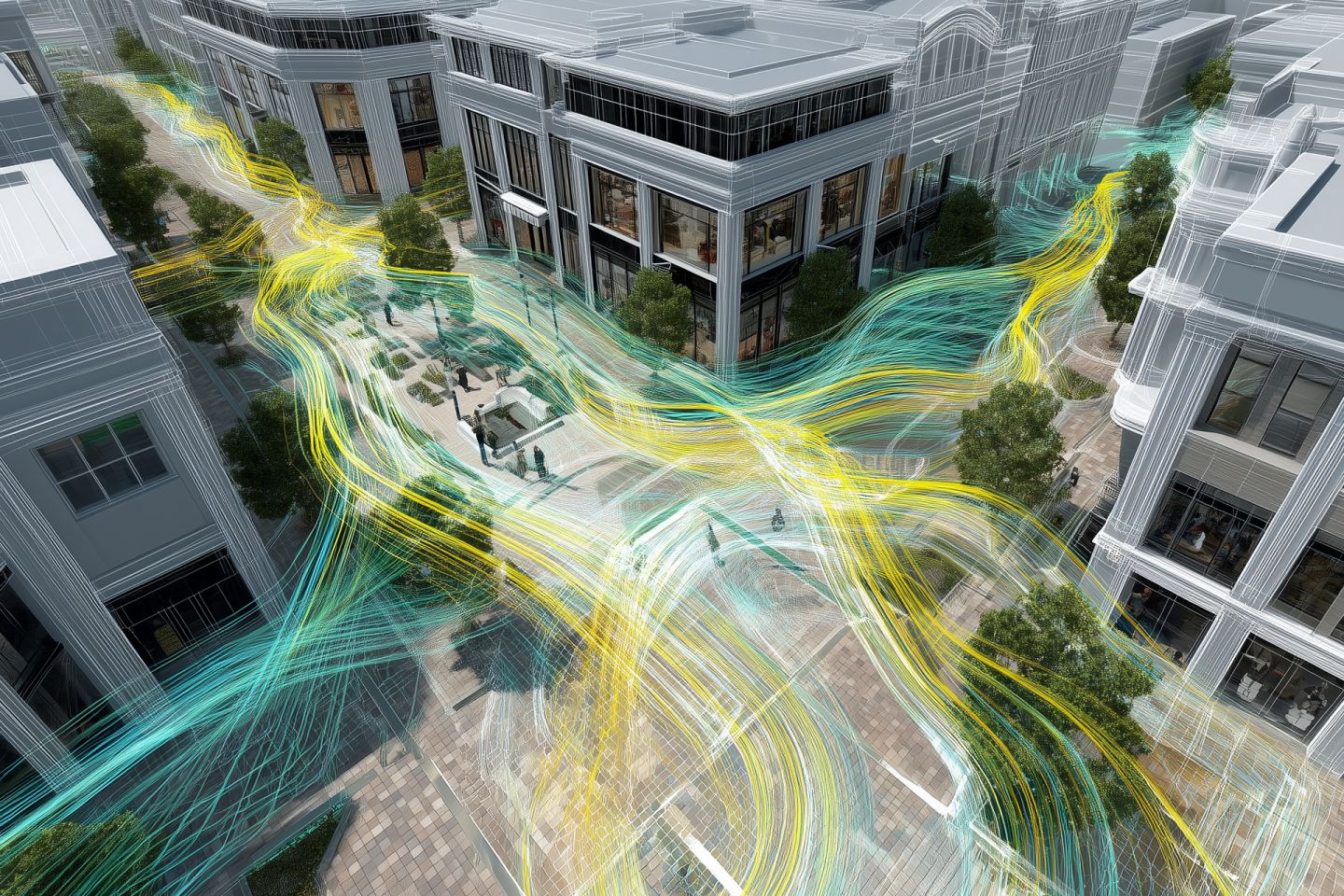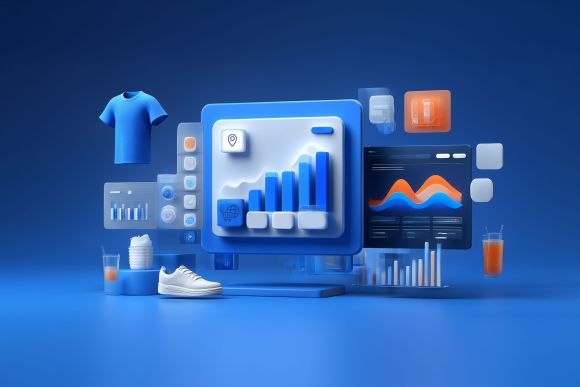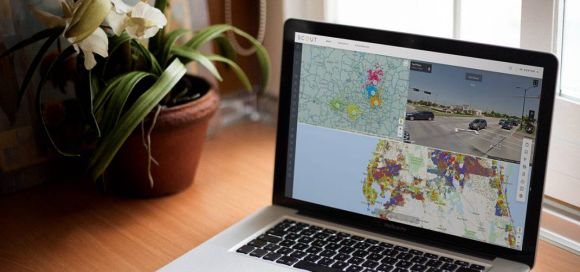In the fast-changing world of retail, it is not enough to simply know how many people are visiting your store. While foot traffic data, also referred to as footfall or mobility data, can tell you how often customers visit, it does not explain who they are, where they came from, or how their behaviors are shifting. To understand what is really happening at the location level, you need more than counts. You need context.
This blog explains how foot traffic data works, why it is essential, and how retailers can use it as a foundation for deeper insights into customer behavior.
A Look at Foot Traffic Data
Foot traffic data is a location intelligence tool that shows how many people visit a particular area or business. It’s commonly used by retailers, restaurants, and real estate professionals to understand store performance, evaluate site viability, and inform marketing strategies.
But its value goes beyond measuring how busy a store is. With high-quality foot traffic data, businesses can evaluate trade area reach, monitor shifting traffic patterns over time, and assess whether a location’s visitor profile aligns with their target audience. For example, by comparing visit trends to sales data, a retailer can determine whether dips in revenue reflect lower traffic or simply a change in customer quality.
When paired with additional data layers, foot traffic becomes a strategic asset, not just an operational metric.
Going Beyond Foot Traffic Data
Foot traffic patterns reveal when customers visit and how often. But they do not tell you who those visitors are, how they behave, or why those visits matter. If you are only looking at foot traffic volume, you are missing a big part of the picture.
For example, two locations might each receive 1,000 visits in a month. But if one of those locations is attracting consumers who align with your brand's target audience and the other is not, the quality of those visits is very different. Without knowing more about the types of people visiting each site, it is hard to make informed decisions about expansion, marketing, or resource allocation.
That is why retailers need to synthesize foot traffic data with additional insights like demographics, psychographics, and behavioral trends. This additional context allows businesses to better understand who is visiting, how those visitors compare to target segments, and how traffic at a given location stacks up against competitors or market benchmarks.
Your Customers Are Constantly Evolving
Customer behaviors do not stay the same for long. Demographic shifts, lifestyle changes, and economic factors can all influence who is visiting your stores and how they engage with your brand. Relying on static audience profiles or last year’s data will not give you the clarity needed to make confident decisions.
By going beyond demographic data alone and incorporating psychographic and lifestyle attributes, businesses can track how their audiences are changing over time. This allows for more accurate customer targeting and stronger alignment between strategy and consumer behavior.
Your Entire Customer Base is Changing
Traditionally, retailers relied on quarterly or annual customer reports to understand market trends. Today, changes happen more quickly. Foot traffic data enriched with segmentation data can show which customer types are increasing or decreasing in specific locations. This helps businesses identify which stores are gaining traction with core customers and which ones may need a revised strategy.
By monitoring visitor profiles over time, you can spot emerging trends early and adjust operations, marketing, or merchandising before small shifts become large issues.
Related: How Well Do You Know Your Customers?
Your Marketing Strategy Needs Updates
When your customer base shifts, your messaging needs to shift as well. If your current marketing plan is targeting yesterday’s audience, it may no longer be effective. That is why marketers benefit from ongoing visibility into the types of consumers visiting each store and the top geographies driving those visits.
With the right insights, marketing teams can fine-tune campaigns, update creative to better match customer lifestyles, and reallocate budget to markets with stronger engagement potential. Campaign performance improves, and so does return on investment.
How Buxton Can Help
At Buxton, we believe that foot traffic data is just the starting point. Our Mobilytics tool combines foot traffic insights with third-party data to help you better understand your visitors, define trade areas, monitor changes over time, and compare traffic trends across markets.
Mobilytics provides intuitive, visual reports that show not just how many people are visiting your locations, but who they are, where they are coming from, and how they behave before and after their visit. With near real-time data and customizable study areas, Mobilytics gives teams the flexibility and context needed to make smarter, faster decisions.
Whether you are optimizing local marketing, evaluating potential sites, or benchmarking competitor activity, Mobilytics helps you move beyond basic metrics to uncover true customer intelligence.
Explore Buxton’s foot traffic analysis to see how we help retail brands make more confident decisions with foot traffic data.


